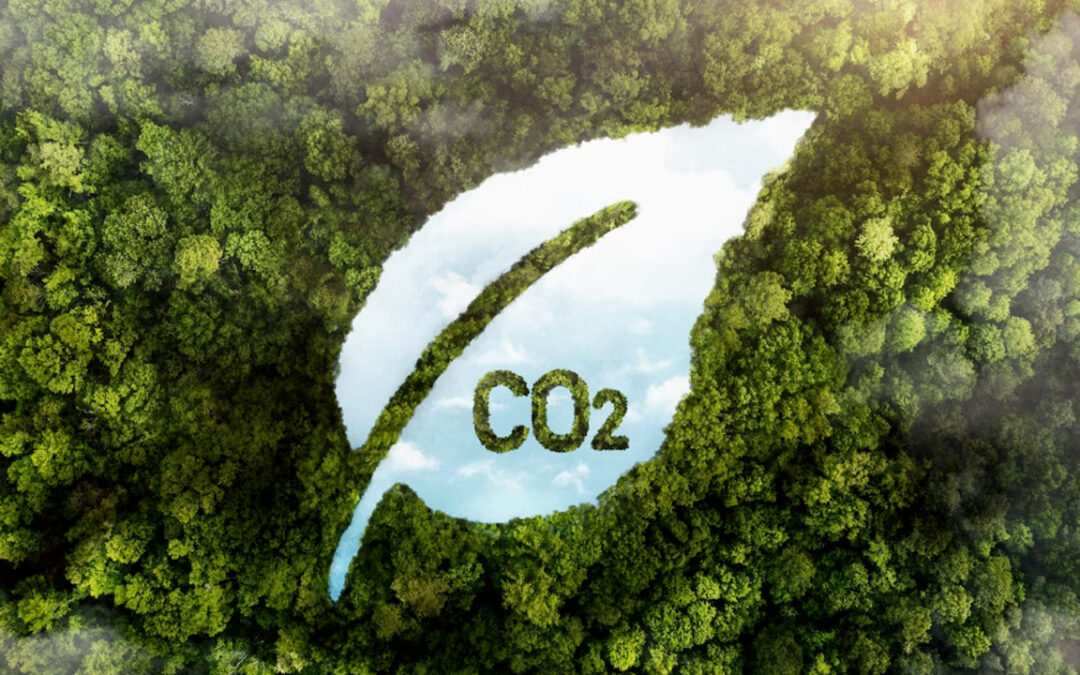Carbon is one of the world’s most mispriced assets. At today’s market rate of just a few dollars per tonne in the voluntary market, exponential growth is bound to happen in the next few years in order for prices to drive the behaviour to meet net zero goals. This is not just supposition; it is the carefully considered opinion of some of the world’s leading institutions, including the World Bank.
We are seeing the early signs of that, driven by two factors. Firstly, there are systemic changes afoot as the voluntary carbon market converges with the compliance market.
Secondly, we are seeing demand at both government and company levels starting to accelerate. This is evidenced by large credit auctions in the Middle East and Singapore last week and the introduction of carbon taxes, and cap and trade schemes on an almost weekly basis. We are also seeing increased net zero commitments registered on SBTi and other corporate climate registries.
As we have seen in recent years, Asia is a region at threat from climate-related disasters. The floods in Pakistan just last year, for example, killed more than 1700 people and displaced 33 million. It also caused more than $40 billion in economic damage in a country where many of its citizens already live below the poverty line.
Net zero is critical for a continent with some of the most wildlife-dense habitats in the world. It is also critical for its population and their chances of joining the prosperous Global North.
That underpins why, of the 39 agreements between countries under Article 6 of the Paris Agreement, nearly half (18) are in Asia. Countries in the continent are among those with most to lose from climate change. These countries need assistance to leapfrog the carbon-heavy development process and adapt to the impacts of climate change.
While Asia is under threat from climate change, it also represents an opportunity. We see it in two ways.
Firstly, Asian institutions are embracing innovation as they attempt to capitalise on the opportunity while also meeting their carbon reduction obligations. Singapore is a great example; not only has it put in place the first carbon tax in Southeast Asia, it also set up Climate Impact X in 2022 to provide a spot trading facility for carbon. Singapore has also been extremely proactive in signing bilateral carbon trading agreements across the world.
Asia also has range of financial institutions keen to capitalise on the price of carbon while also playing their part in restricting temperature rises to 1.5C. Asian institutions are also not encumbered by the cultural rift that hampers similar engagement in the US.
Among the financial institutions most keen to invest in carbon are family offices. Bolstered by second or even third-generation managers with a more philanthropic view of the world, family offices are taking the opportunity to pioneer an asset class that can deliver excellent returns while also having a positive societal effect.
As the UN Secretary General said when the IPCC published its sixth, and final, Assessment Report: we need to do everything, everywhere all at once. In other words, we all need to play our part in reducing mankind’s impact on the planet.
Asia is creating a template that the rest of the world would do well to copy. Its governments and institutions are taking the radical steps necessary to reduce carbon emissions as quickly as possible while its businesses have bought into the concept of the carbon markets.
As Chinese philosopher Lao Tzu is supposed to have said: “If you do not change direction, you might end up where you are heading.”


